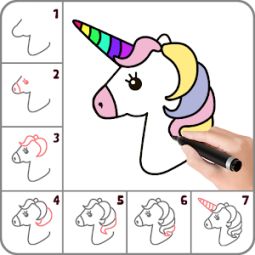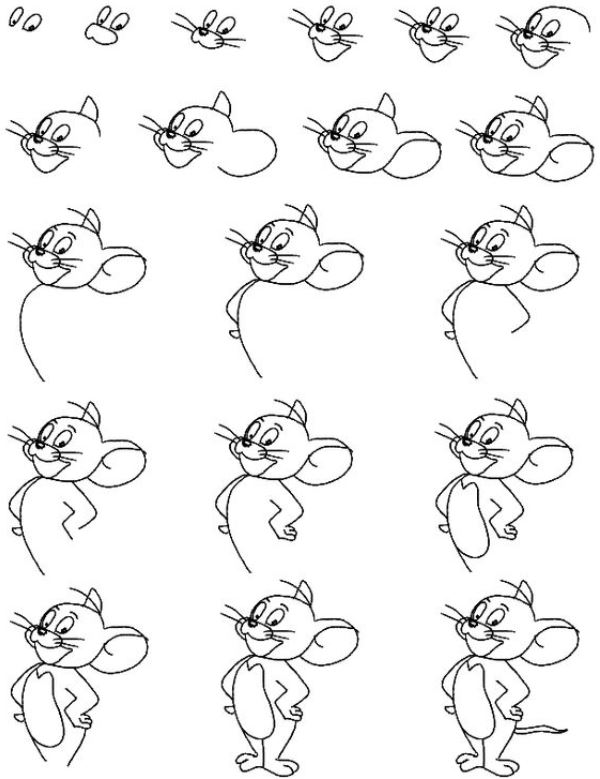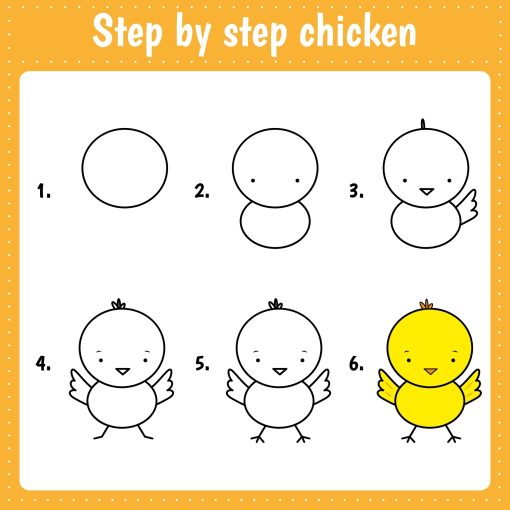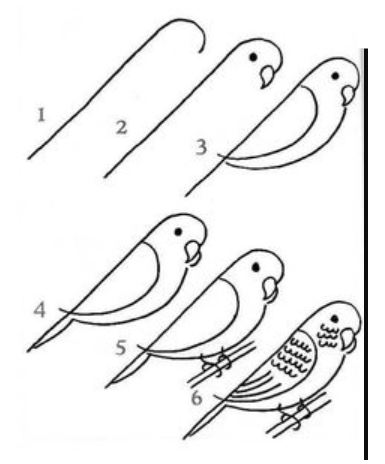Follow our easy tutorial and you will have your own dog drawing! This is a great instructional article to teach kids how to draw a dog.
Have you ever wanted to draw a dog? It’s easier than you think! You can draw any breed or type with this guide. Dogs are cute so they make great subjects for art-making. In this step-by-step guide, we will walk you through the process of creating a realistic dog drawing, from the initial sketch to adding intricate details. Whether you want to draw your own dog or sketch other breeds, here are some tips on how to get started:
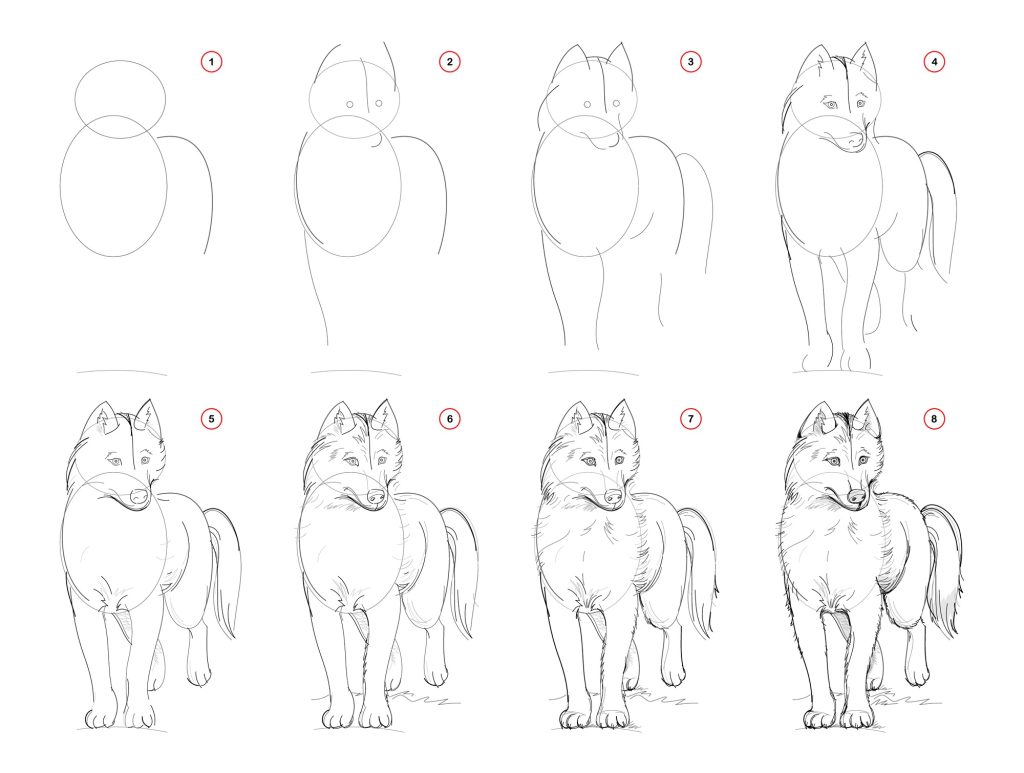
Step 1 – Draw a Circle for the Dog’s Head
To start your dog drawing, begin with a basic circle shape for the head. This foundational shape will serve as a reference point for the rest of the drawing.
Step 2 – Draw an Oval for the Dog’s Body
Next, sketch a slightly elongated oval shape beneath the head to outline the dog’s body. Remember to maintain proportion and consider the breed you’re drawing to ensure accuracy.
Step 3 – Draw an Oval for the Dog’s Snout
Below the head, draw a slightly smaller oval shape to represent the dog’s snout. Pay attention to the placement and size relative to the head and body.
Step 4 – Draw Two Rectangle Shapes for the Front Legs
On either side of the body, sketch two rectangular shapes to depict the front legs. Position them in a way that reflects the dog’s stance, and keep in mind that some breeds may have different leg proportions.
Step 5 – Draw the Back Legs for the Dog
Extend the body by drawing two more rectangular shapes for the back legs. Take note of the dog’s posture and adjust the size and angle accordingly.
Step 6 – Draw the Dog’s Paws
Add paw shapes to the end of each leg, paying attention to the number of toes and their positioning. The paws should match the size and proportion of the legs.
Step 7 – Draw Rounded Shapes for the Dog’s Ears
Position the ears on top of the head, using rounded shapes that complement the breed you’re drawing. Different dog breeds have distinct ear shapes, so research and reference images can be helpful.
Step 8 – Draw the Dog’s Tail
Include the tail behind the body, taking into account its length and shape. Whether it’s long and fluffy or short and straight, the tail adds character to the drawing.
Step 9 – Draw the Dog’s Eyes, Nose, Mouth, and Tongue
Now it’s time to bring your dog to life by adding its facial features. Carefully draw the eyes, nose, mouth, and tongue, capturing the unique qualities of the breed you’re depicting. Observe reference images to ensure accuracy and expression.
Step 10 – Add Details to Your Dog Drawing and Erase Unnecessary Lines
Refine your drawing by adding fur details, shading, and texture. Pay attention to the direction of the fur and the overall appearance of the breed. Clean up any stray lines or guidelines that are no longer needed.
Step 11 – Color in Your Dog with the Color of Your Choice
Once you’re satisfied with the pencil drawing, you can add color using various mediums such as colored pencils, markers, or digital tools. Select colors that match the breed or experiment with your own creative choices.
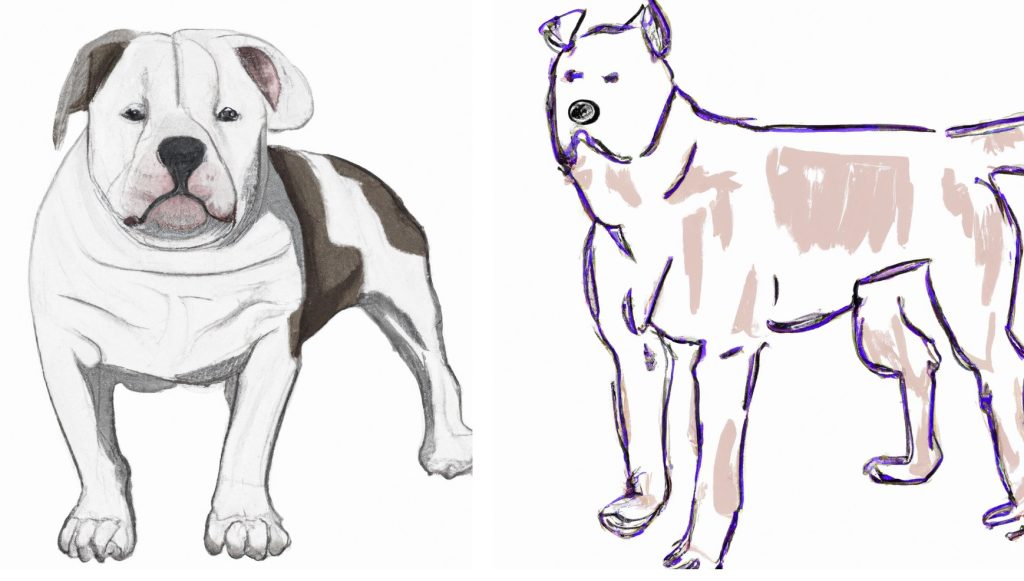
3 Tips for Drawing a Realistic Dog:
Observe Real Dogs
Take the time to study real dogs and their anatomy. Pay attention to their proportions, muscle structure, and unique characteristics. This observation will enhance your understanding of how to draw them realistically.
Use Reference Images
Reference images are invaluable resources for capturing specific dog breeds or poses. They provide visual guidance and help you achieve accurate proportions, facial expressions, and fur details.
Practice Patience and Persistence
Drawing realistic dogs takes practice. Be patient with yourself and keep practicing regularly. Don’t be discouraged by initial attempts; with persistence, you will gradually improve your skills and develop your own style.

Understanding a Dog’s Body Structure:
To draw a dog realistically, it’s important to have a basic understanding of their body structure. Dogs come in various shapes and sizes, so familiarizing yourself with the general anatomy will help you accurately depict different breeds.
- Head: The head typically consists of a circular shape, with variations depending on the breed. Pay attention to the placement of eyes, nose, and mouth.
- Body: Dogs have different body shapes, ranging from slender to stocky. Observe the proportions of the body in relation to the head and legs.
- Legs: Dogs have four legs with varying lengths and thicknesses. Understand the bone structure and joint positions to create realistic legs.
- Tail: The tail can be long, short, straight, or curly, depending on the breed. Take note of its position and shape in relation to the body.

Tips for Drawing Different Dog Breeds and Dog Sizes
When drawing specific dog breeds or different sizes, consider the following tips:
Research the Look of the Dog Breed You are Drawing
Each dog breed has unique characteristics, such as fur texture, facial features, and body proportions. Study reference images and breed standards to capture these details accurately.
Pay Attention to Proportions
Small dogs have different proportions than large dogs. Adjust the sizes of the head, body, and limbs accordingly to maintain realism.
Focus on Fur Texture
Different breeds have distinct fur textures, including long, short, curly, or smooth. Use shading and varying pencil strokes to depict fur texture convincingly.
Capture Facial Expressions
Dogs’ facial expressions convey their emotions. Observe reference images to understand how the shape of the eyes, mouth, and eyebrows changes with different expressions.
Conclusion
Drawing a dog step-by-step allows you to break down the process into manageable stages, resulting in a realistic and expressive canine representation. Remember to observe real dogs, use reference images, and practice regularly to improve your skills. By understanding a dog’s body structure and considering breed-specific details, you can create lifelike drawings that capture the unique characteristics of various dog breeds. So, grab your pencils, have patience, and embark on the rewarding journey of drawing dogs.


